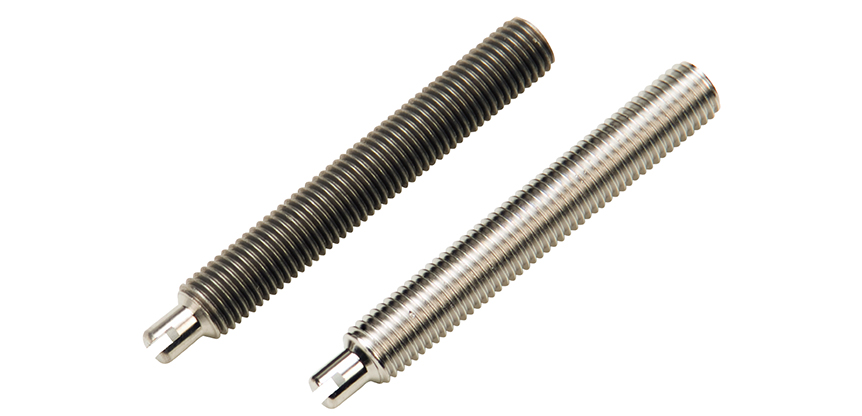A major ice cream manufacturer an recently recalled all products when two ice cream samples tested positive for Listeria monocytogenes, (listeria), a food-borne bacteria that causes a serious, sometimes fatal infection if ingested. This listeria outbreak has prompted several food production facilities to recall their frozen treats and ice creams that had already been shipped to 23 states.
The Centers for Disease Control had originally reported eight illnesses in Texas and Kansas but two more cases of listerosis have since been confirmed in Arizona and Oklahoma. Three people have died in Kansas due to neurological complications. All individuals diagnosed with this specific strain of listeria have fallen ill between January 2010 and January 2015.
Why Did the Listeria Outbreak Happen?
According to infectious disease expert Dr. Robert Tauxe working for the CDC, a listeria outbreak can nearly always be blamed on dirty equipment. Since listeria live naturally in water and soil, the bacteria can easily be tracked into food facilities and then spread by improper hygiene practices. Hardy and resistant to temperature changes, listeria can survive up to 10 years if not eliminated by cleaning and disinfecting surfaces. In addition, listeria is not like other bacteria because of its ability to continue multiplying in some refrigerated foods.
Food Contamination is Preventable Through Electropolishing
The primary cause of food contamination is the attachment of bacteria to food processing equipment surfaces, specifically stainless steel surfaces. Stainless steel equipment is found in most pharmaceutical, bioprocessing and food facilities because stainless steel is versatile and durable. However, bacteria such as listeria, is known to readily attach to untreated stainless steel surfaces. If bacteria is allowed to accumulate on stainless steel equipment, they begin exhibiting phenotypic (clumping) characteristics that expedite the formation of microcolonies and ultimately, biofilm.
In a research study, stainless steel that was electropolished and exposed to bacteria showed significantly fewer bacterial cells and biofilm formations than untreated stainless steel surfaces. Another study found that glass-beaded and sandblasted surfaces did not resist bacterial contamination. Alternately, electropolished surfaces purified of reactive elements were the most resistant to bacterial attachment.
Electropolishing of Stainless Steel
The electropolishing process rigorously smoothes the surface of stainless steel to provide a microscopically featureless surface. Consequently, bacteria cannot adhere to a surface that is flawlessly frictionless.
The electropolishing process involves immersing the equipment in a temperature-controlled phosphoric and sulfuric acid bath (electrolyte) and then sending an electric current through the acid solution. As the current passes from an anode to a cathode via conduction, surface area impurities (scratches, burrs, etc.) and metals are dissolved in the acid bath. Electropolishing is believed to prevent bacterial biofilm from accumulating on stainless steel by altering steel's electrical charge. Therefore, negatively charged bacteria reacts aversely to elecropolished stainless surfaces.
Additional Advantages to the Electropolishing Process
If these ice cream manufacturers had chosen to electropolish their equipment, they may have avoided such a terrible outbreak. Not only does electropolishing significantly reduce contamination of food, it also shortens cleaning times during hydroblasting, offers ideal passivation of stainless steel, and dramatically contributes to maintaining hygienic surfaces for most chemical, food and drug processing equipment.






